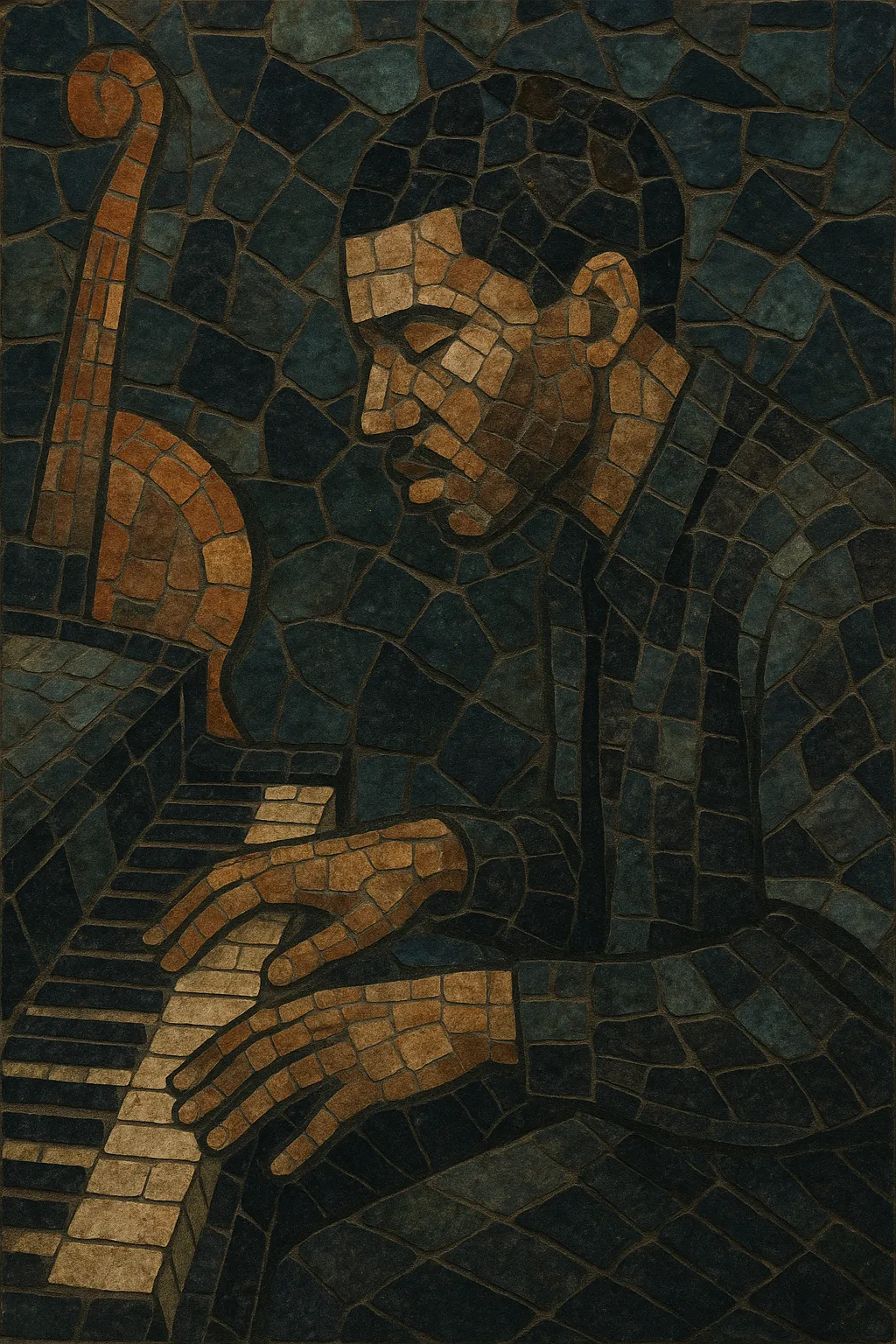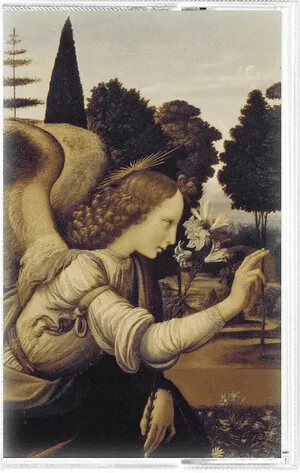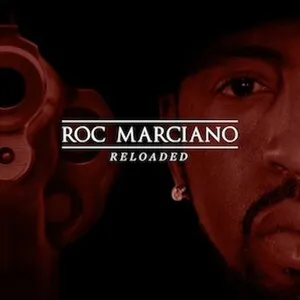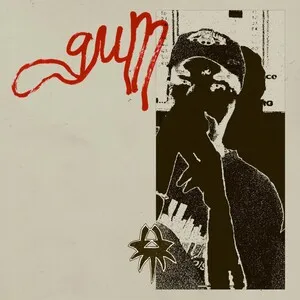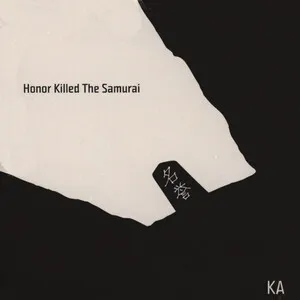Drumless is a minimalist strain of hip hop production that deliberately removes or nearly eliminates traditional drum programming. Instead of kick–snare–hi‑hat grids, it relies on harmonically rich loops, tape-warped textures, and micro‑rhythmic accents within the sample itself to carry momentum.
The effect places the rapper’s voice at the center, encouraging conversational, diaristic, and densely internal rhyming styles. Producers often mine jazz, soul, and library records for dusty motifs, letting vinyl crackle, room noise, and phrase repetitions function as percussive cues. The result is intimate, hazy, and elastic—beats that breathe and feel unquantized without being formless.
The DNA of drumless can be traced to the early 2010s when minimalist, loop‑driven albums by Roc Marciano (e.g., Marcberg, Reloaded) and Ka foregrounded rhymes over sparse percussion or none at all. Their approach drew on boom bap sampling but subtracted the drum kit, letting the sample’s transients and phrase endings imply groove. The Alchemist began exploring long, unbroken loops and ghost‑drum textures, while underground MCs favored close‑mic’d vocals and confessional writing.
Earl Sweatshirt’s Some Rap Songs (2018) and the parallel work of MIKE, Navy Blue, and Mavi helped normalize grainy, off‑grid loops as complete beats. The Griselda orbit (Westside Gunn, Conway the Machine, Boldy James with The Alchemist) popularized luxury‑grit street rap over barely-there drums, bringing the sound from niche blogs to wider underground audiences.
By the early 2020s, “drumless” became a common tag across streaming metadata and social media discourse. The style flourished on Bandcamp and in cassette culture, where producers embraced tape saturation, room tone, and loop patina. Debates about groove, momentum, and lyrical focus became a hallmark of the scene’s identity, while the sound quietly influenced broader underground aesthetics without crossing into mainstream pop rap norms.

